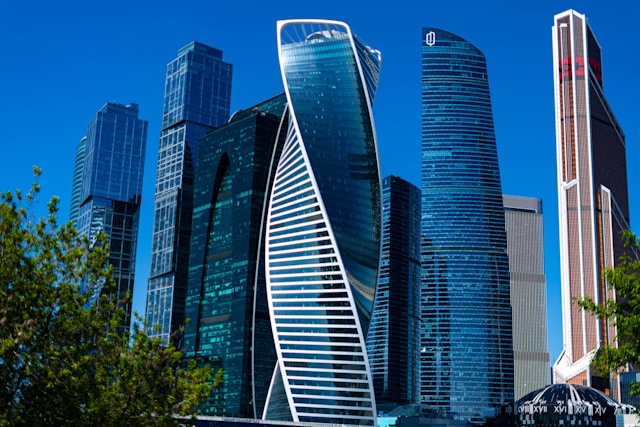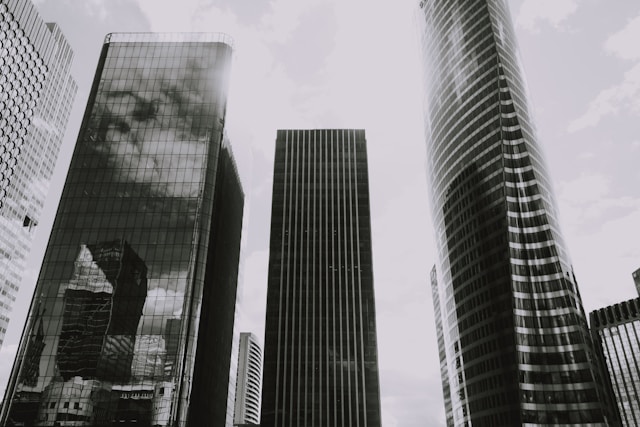Cinematograpy Techniques for Filming TikTok Video

Stepping onto the ever-evolving virtual stage of TikTok can feel quite daunting, right? Wondering how to make your videos stand out amidst the deluge of dance routines, lifestyle vlogs, and comedy sketches? It all comes down to the art and mastery of filming techniques. Whether you’re just starting your TikTok journey or trying to level up your game, these film techniques will help you create TikTok videos that are a feast for the eye. These tried-and-true techniques engage viewers visually and emotionally, drawing them deeper into your real or made-up world, minute by fascinating minute.
But fear not! You don’t need a film degree or fancy equipment. All you need is a sprinkle of creativity, a dash of patience, and the essential tips we’re going to share with you.
“The best aesthetic isn’t always about having the most expensive gear. More often, it’s about how you use it. Panning, lighting, timing, transitions – these are your secret weapons in the TikTok arena.” – A Pro TikTok Creator
Table of Contents
How to Film TikTok Videos With Good Lighting
Ensuring that your TikTok videos are well-lit is paramount to making your content visually appealing. Natural light is the best and most affordable type of light. If the day is sunny, place your filming equipment near a window or go outside. But avoid direct sunlight! It can create harsh shadows and overexposed images.
Not everyone, however, has access to great natural lighting throughout the day. In this case, artificial lighting can come to your rescue. You can invest in a ring light, a favorite tool amongst TikTok creators. Ring lights emit a halo of light that gently illuminates the subject from all angles, eliminating harsh shadows. You can adjust the intensity of ring lights, giving you the flexibility to film at different times of the day.
Similarly, a softbox light can be another sound investment. These lights imitate natural lighting by diffusing the light into a pleasant soft, even light source. It’s perfect if you’re shooting indoors and want to recreate the look of soft, natural lighting.
When setting up your lights, remember to position them at a 45-degree angle to your face. This angle helps create dimension and depth, avoiding creating unflattering shadows. Testing different light intensities and angles can also allow for creative control over the mood and ambiance of your video content.
Always remember, though, to balance your lighting. This means that all parts of the frame should be evenly lit, avoiding bright spots or shadows that could detract from your content. A well-lit video can drastically improve your video’s quality, making it more pleasant for viewers to engage with your TikToks.
Best Camera Angles for TikTok Videos
Camera angles can significantly contribute to your TikTok video’s aesthetics, so it’s crucial to understand which angles work best for different types of content and in varying environments.
When you’re capturing dance trends or full-body content, a lower angle works best. Position the camera at chest level and aim slightly upwards. This angle highlights movements and adds a dynamic perspective.
High Angles: Alternatively, high angles give you a viewpoint that enhances facial features, often minimizing the look of any imperfections. It’s particularly flattering for close-ups or when you’re centering your content around facial expressions. You can achieve this by elevating the camera above eye level and pointing it downwards.
Incorporate slanted angles to add a quirky, artistic twist to your videos. It’s a simple trick to set your content apart. Be cautious though, as excessive use can disorient your viewer.
Point-of-view (POV) shots are popular in TikTok storytelling. Emulate a person’s perspective or mimic a first-person view by filming your content the way you’d see it through your own eyes. It’s a powerful angle that brings intimacy and relatability to your content. Just remember, any movement should mimic natural eye motion to maintain realism.
The key is experimentation. Play around with different angles and observe how they influence the vibe of your video. Each angle creates a different effect, and the right one can significantly boost your video’s visual appeal.
Filming Techniques to Make TikTok Videos Look Professional
Now that you’ve got a handle on lighting and camera angles, let’s hone in on some additional filming techniques that will bring a professional polish to your TikTok videos. Remember, the more engaging your video is, the more likely it is to grab people’s attention and boost your following.
The Rule of Thirds
A fundamental concept in visual composition for film or photography is the rule of thirds. It breaks the frame into nine equal rectangles, three across and three down. The object of this technique is to place the primary subject where the lines intersect, drawing the viewer’s attention to that part of the frame. Try it on your next video, you might be surprised at how such a simple technique can dramatically enhance the visual appeal.
Effective Use of Transitions
Transitions can bring a creative flair to your TikTok videos. Move from one scene to another using innovative transitions like whip pans, where the camera quickly pans causing a blurring effect, or match cuts, where the scenes change based on a similar color or shape. This adds a seamless flow to the narrative of your video and keeps the viewers intrigued.
Experiment with Speed
Playing with the speed of your video can create varying moods and emphasise different aspects of your content. Slowing footage down can create an intimate and engaging moment, whereas speeding it up can bring in an element of humour or urgency. Don’t shy away from experimenting with time-lapse or slow-motion features on TikTok.
Groundbreaking Camera Movements
Don’t just stick to stationary shots. Experiment with panning (horizontal move), tilting (vertical move), or even tracking (moving along with the subject). Such movements induce dynamism and paint a comprehensive picture of the scene.
Remember, creating professional-quality videos is as much an art as it is a science. A keen eye, practised skills, and an experimental mindset will serve you better than any set formula. Happy filming!







